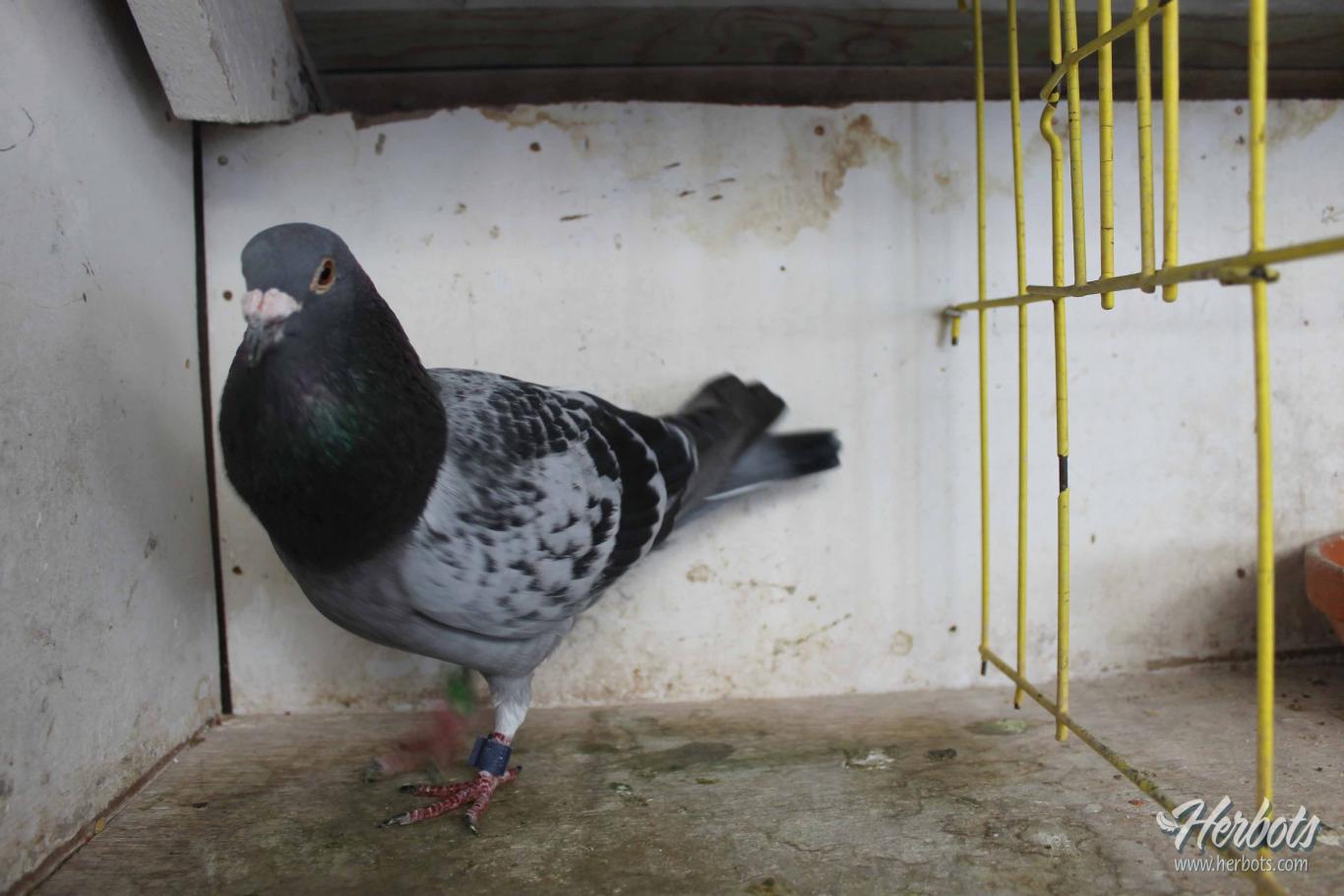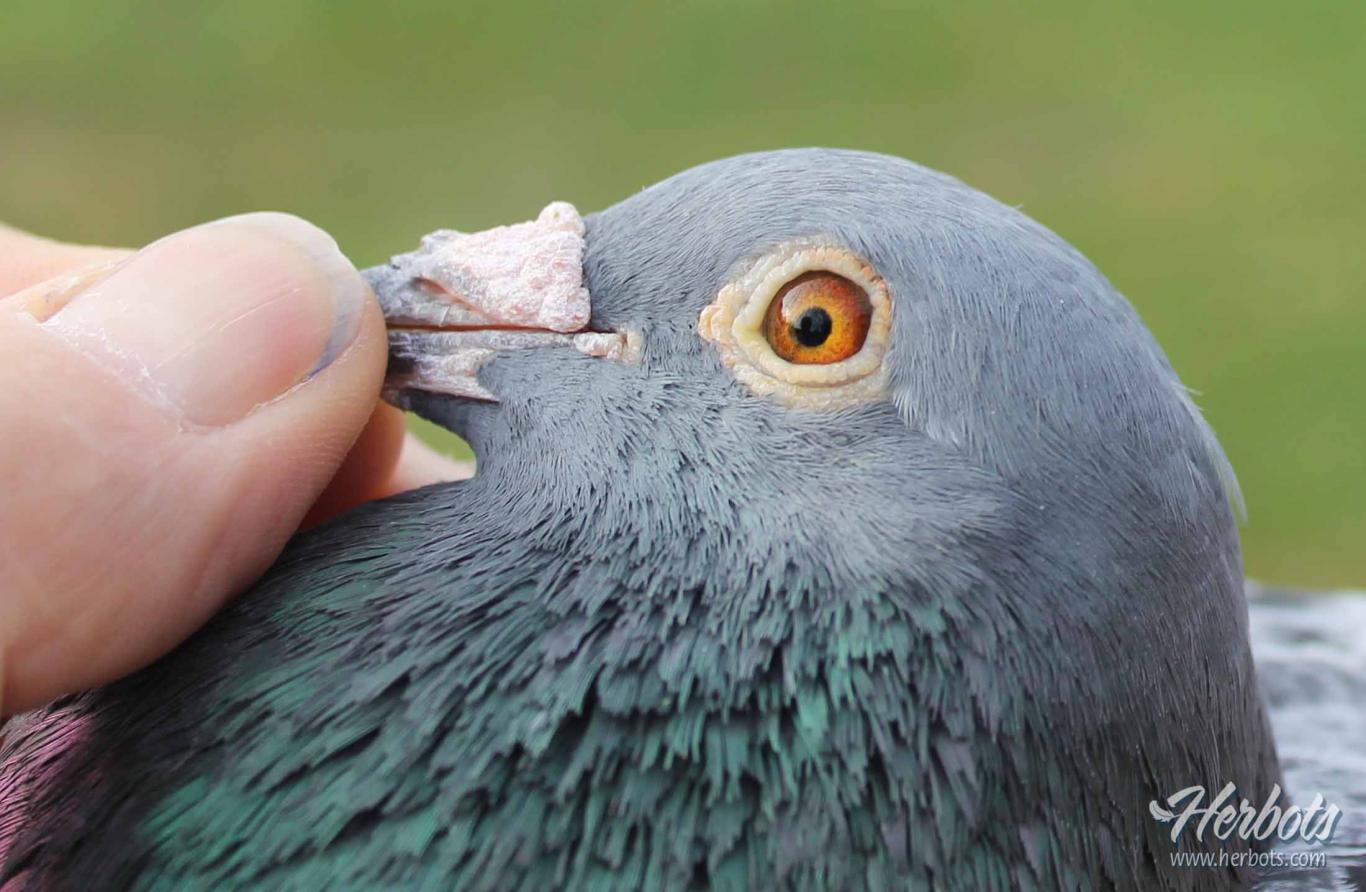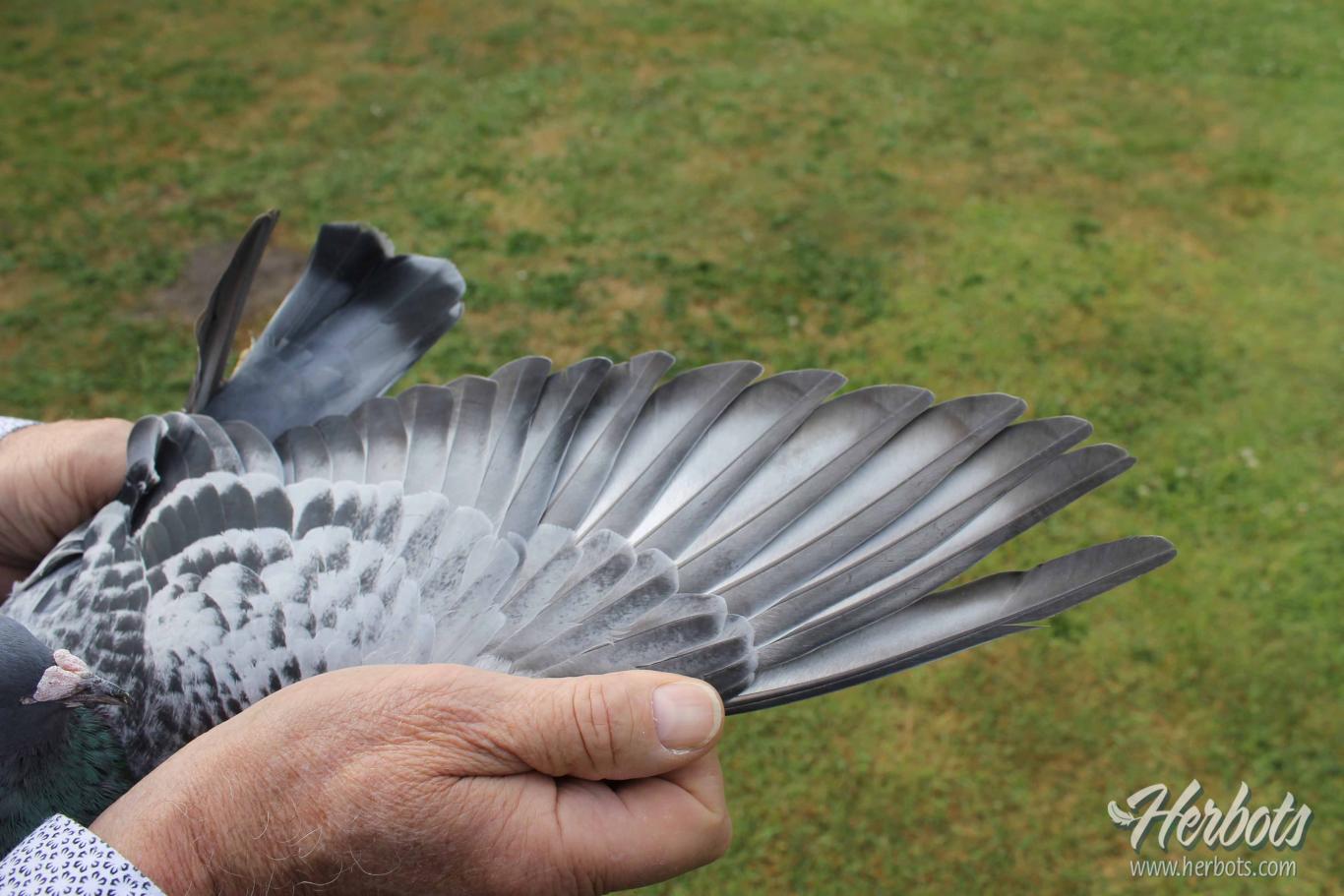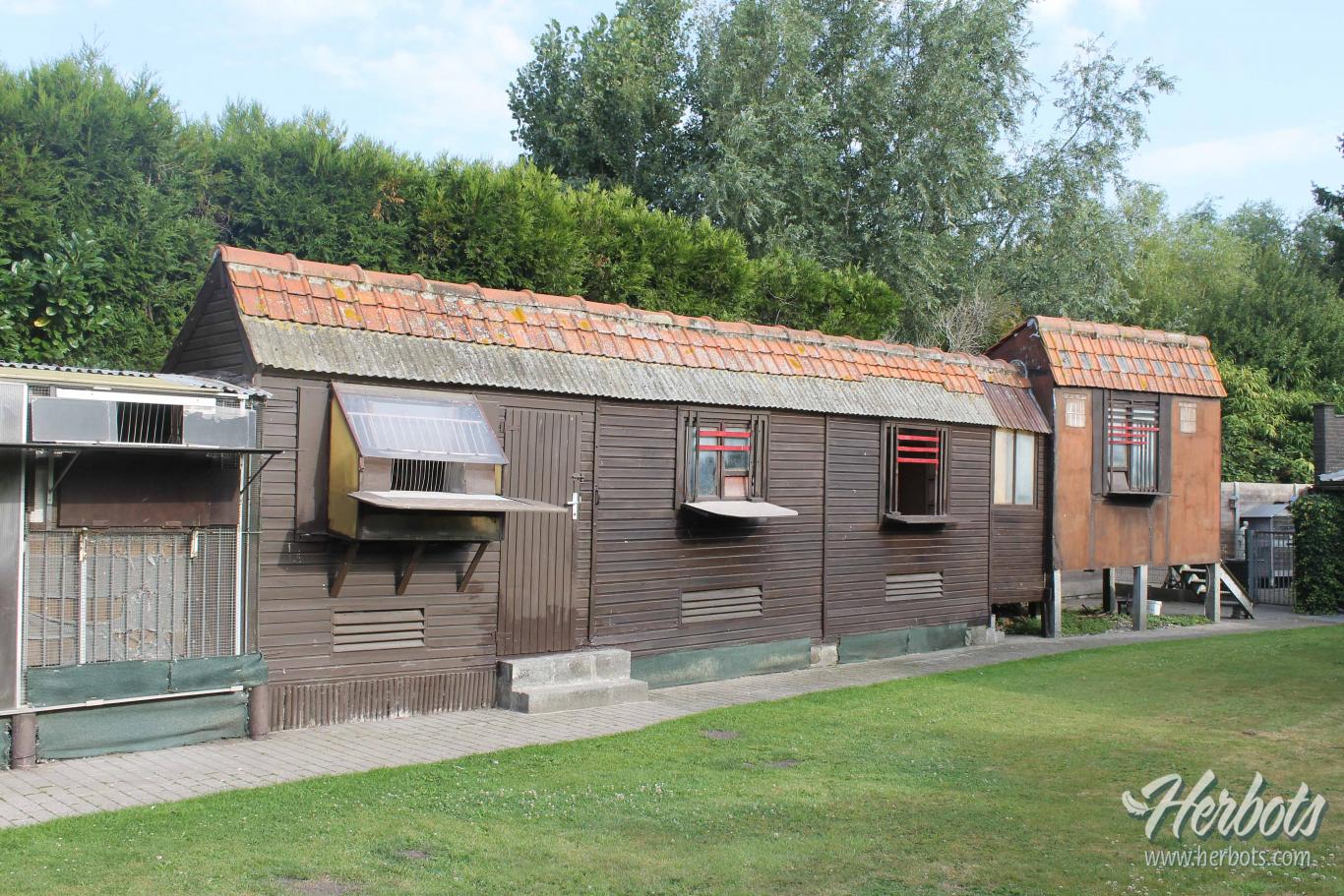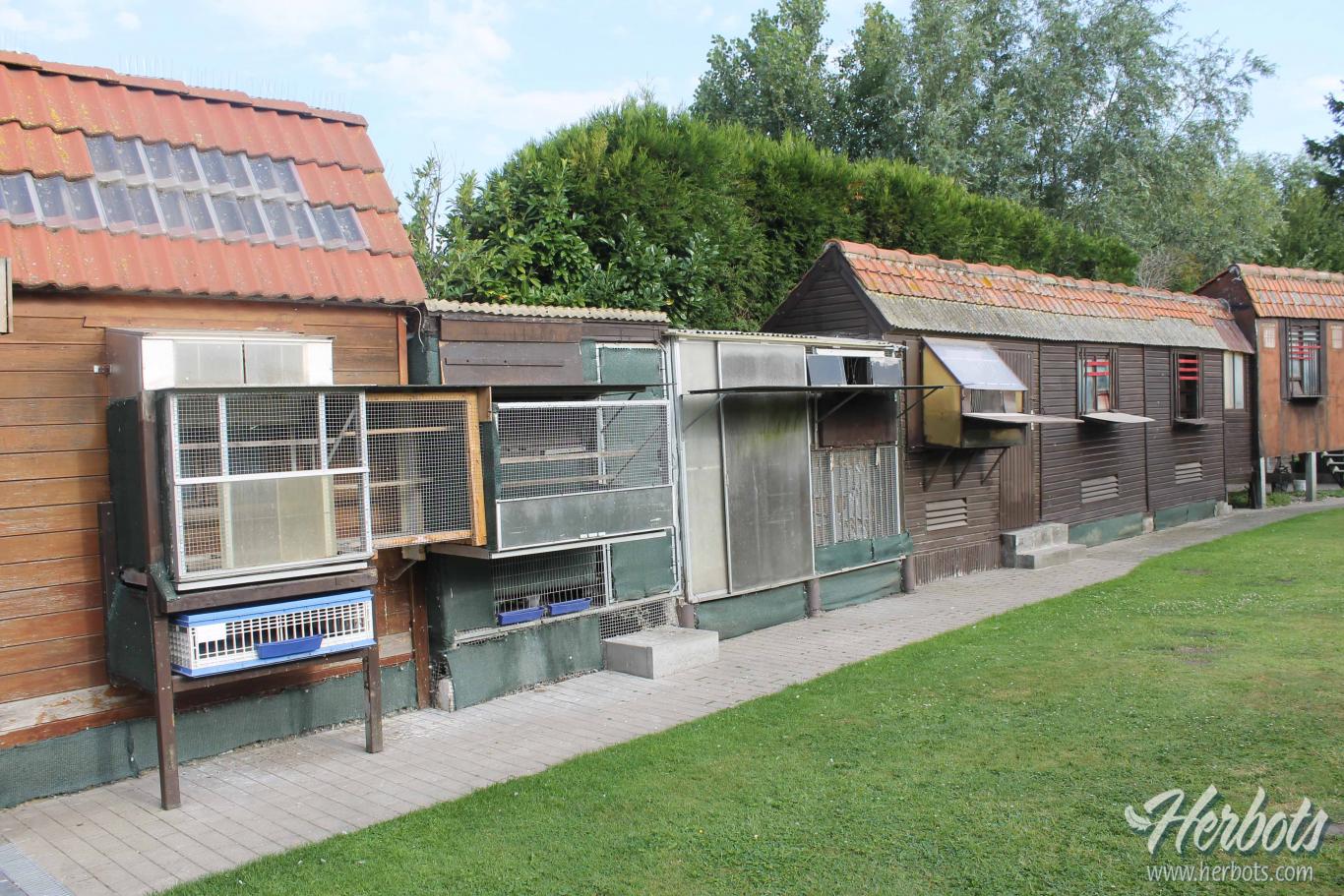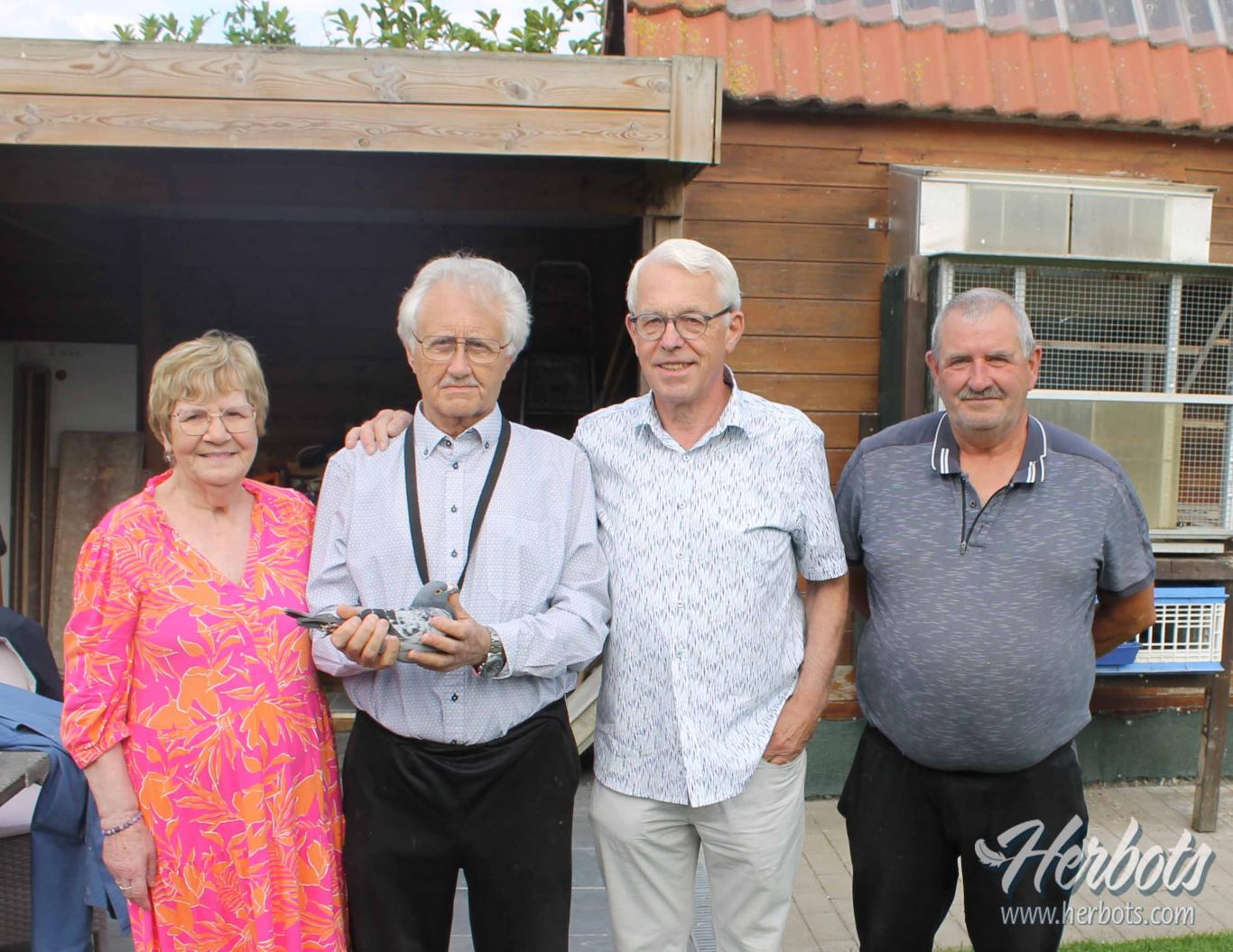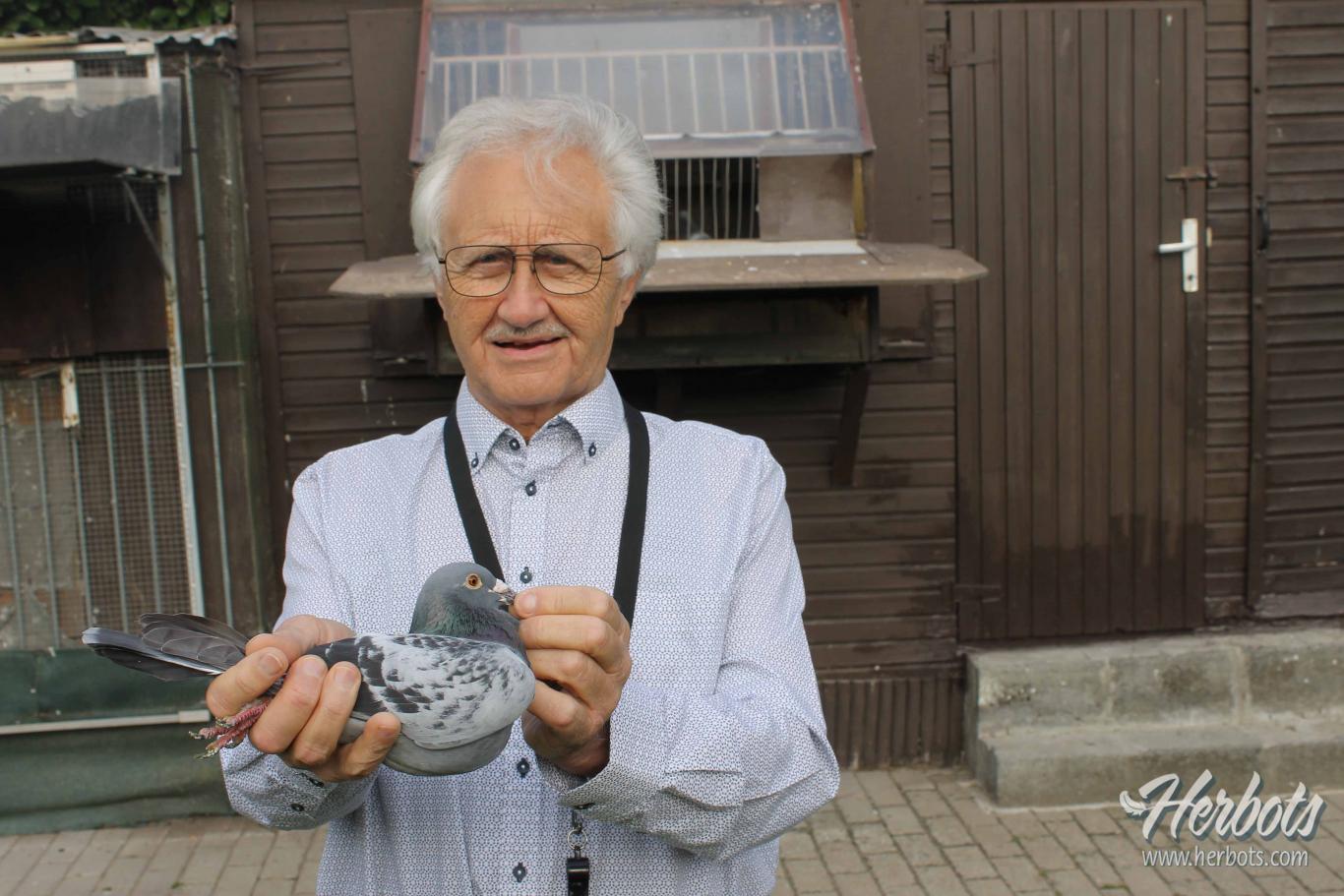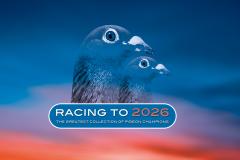Wilson Dekens (Zingem) 1st National Narbonne 4.021 old birds
29 Jul 2025
BE 23-4133264
1st National Narbonne 4,021 old birds
Distance : 852,201km
Velocity : 986,95m/min
Arrival : 21:38:28
Could there really be something in the tap water on Heulestraat in Zingem?
Alongside Lydie and Wilson Dekens, the Vandenheede brothers also live in this street, and it’s striking how often top national results are achieved there... Perhaps it’s worth investigating?
We suspect that, rather than something in the water, Heulestraat is simply home to top-class pigeon fanciers with outstanding birds. While some of them dominate the national scene in middle and long-distance races, Wilson and Lydie shine particularly in long-distance and extreme long-distance competitions.
At 75 years young, Wilson is a veteran in the pigeon sport. He started out as a true sprint racer with pigeons from his neighbor Maurice (Miestie) Vanhauteghem and was unbeatable on Cambrai and Clermont. Later, he moved to middle-distance racing until he fell in love with long-distance and extreme long-distance events.
Wilson quickly understood that to excel in those races, you need the right type of pigeon. He gradually built a strong strain of his own, using birds from well-known fanciers in East Flanders, buying selectively from the breeding loft of Natural, and picking up quality birds at small-scale auctions. He never paid big money but always made thoughtful and calculated decisions.
This led to several major achievements:
1st National Limoges
1st National Tulle
1st KBDB Long-Distance Ace Pigeon with New Ace (later a top breeder at Batenburg–Van de Merwe)
1st Provincial Ace Pigeon Extreme Long-Distance
And now, 1st National Narbonne (old birds)
Pigeons like Jordy, den Tulle, New Ace, Monti, etc., turned out to be excellent breeders. Their bloodlines are still found in Wilson’s current strain.
Such results don’t go unnoticed. Many came to source pigeons from Heulestraat and succeeded with them. Wilson’s ability to prepare birds for races also stood out. Carlo Gyselbrecht, owner of a top extreme long-distance breeding loft, started a partnership with Wilson. Each year, young birds from Carlo are sent to Wilson, specifically aimed at Barcelona—with success.
Wilson also has several top breeding pairs of his own strain that are used for long and extreme long-distance racing.
A notable strength is Wilson’s talent for breeding. All his pigeons have silky feathers, strong pedigrees, and expressive, colorful eyes. Whether or not he’s an expert in eye theory, the fact remains: all his birds have strong eyes—and the results speak for themselves.
Excellent Care
Until recently, Wilson and Lydie cared for the birds together. Due to health issues, the number of pigeons has been reduced, and Lydie can no longer spend much time in the lofts. Despite this, care remains top-notch. Children and external help sometimes assist.
The pigeons live in old, well-weathered lofts that provide a perfect climate. Facing east, they benefit from optimal conditions and need little to naturally come into form.
Wilson uses the classic widowhood method with cocks, although he’s experimented with hens among his young birds in recent years. Still, his best results consistently come from his cocks.
The pigeons train freely twice a day. They don’t breed before the season—only allowed to sit on eggs for a few days to settle and ease training. Feeding is based on the Beyers range (Vandenabeele mix, both Jellema mixes), plus some fine seeds. Wilson mixes it all, and the pigeons choose what they like.
The drinking water includes apple cider vinegar, Avidress, Aminovit (Herbots), Tollyamin, electrolytes or Belgasol upon return, and some glucose bought from the pharmacy.
The medical approach is very minimal. Only the compulsory paramyxo vaccination is given, and vet visits are rare. A few weeks before Barcelona, Wilson visited Pascal Lanneau. A mild case of trichomoniasis was detected and treated with a short course—end of medical story.
Before basketing for extreme long-distance races, cocks see their hens for “just long enough”—meaning the time it takes Wilson to eat a sandwich and get ready. Wilson has a talent for reading his pigeons and knowing when they are fully recovered, which greatly increases the chances of success.
Narbonne Delivers the Unexpected
This was expected to be a tough race. Due to weather, release was delayed from Friday to Monday. Strong north and northwesterly winds made the race difficult, and it was thought the birds would be pushed deep into Wallonia.
When the first bird of the yearling race was clocked in the Charleroi area, that theory seemed correct—but soon, birds appeared more widely spread.
At 21:38, a two-year-old cock landed on Wilson’s loft. After 852 kilometers at a speed of 986 meters per minute, it quickly became clear this was an extremely early bird. It turned out that no one in Belgium could beat it. A phenomenal achievement!
The Story Behind the Narbonne Winner
Every champion has a story—this one is no different. Carlo Gyselbrecht owned a 2020 cock loaded with national winners in his pedigree (grandson of Jef, New Laureaat, Kleine Jade, etc.). He brought it to Wilson, who thought, “With a pedigree like this, we have to try breeding something out of him.”
The cock was paired in a small breeding box to a hen from the line of As Perpignan (1st provincial ace pigeon extreme long-distance), with some genes from the Desbuquois Brothers and Pau Eenoog. In short, a hen with strong racing blood.
The result was BE23-4133264. Like any good yearling, he flew Agen and Narbonne. The Narbonne Yearlings race is always tough—Wilson’s ultimate test. If a bird returns from Narbonne, it earns its place. The 264 did just that. In Agen, he placed 146th national.
At the start of the 2025 season, he was trained again and flew the season opener from Limoges—returning with a serious injury. He was stitched up and needed time to heal. He recovered well and was basketed for Limoges II as a test flight to see if he could still race.
He placed 638th national and returned fresh and eager. Wilson gave him the green light for the extreme long-distance.
And what a comeback! He won 1st National Narbonne—an incredible feat.
He’s a medium-sized cock, a real fighter, hard to handle, not a beauty but with excellent wings and plenty of character. A typical Jellema-type bird with a lot of grit.
He brought another moment of glory to Heulestraat and confirmed what everyone already knew: Wilson and Lydie have excellent pigeons for the extreme long-distance—and they know how to get them in top shape to win.
Congratulations from the Herbots Team!
Geert Dhaenens
